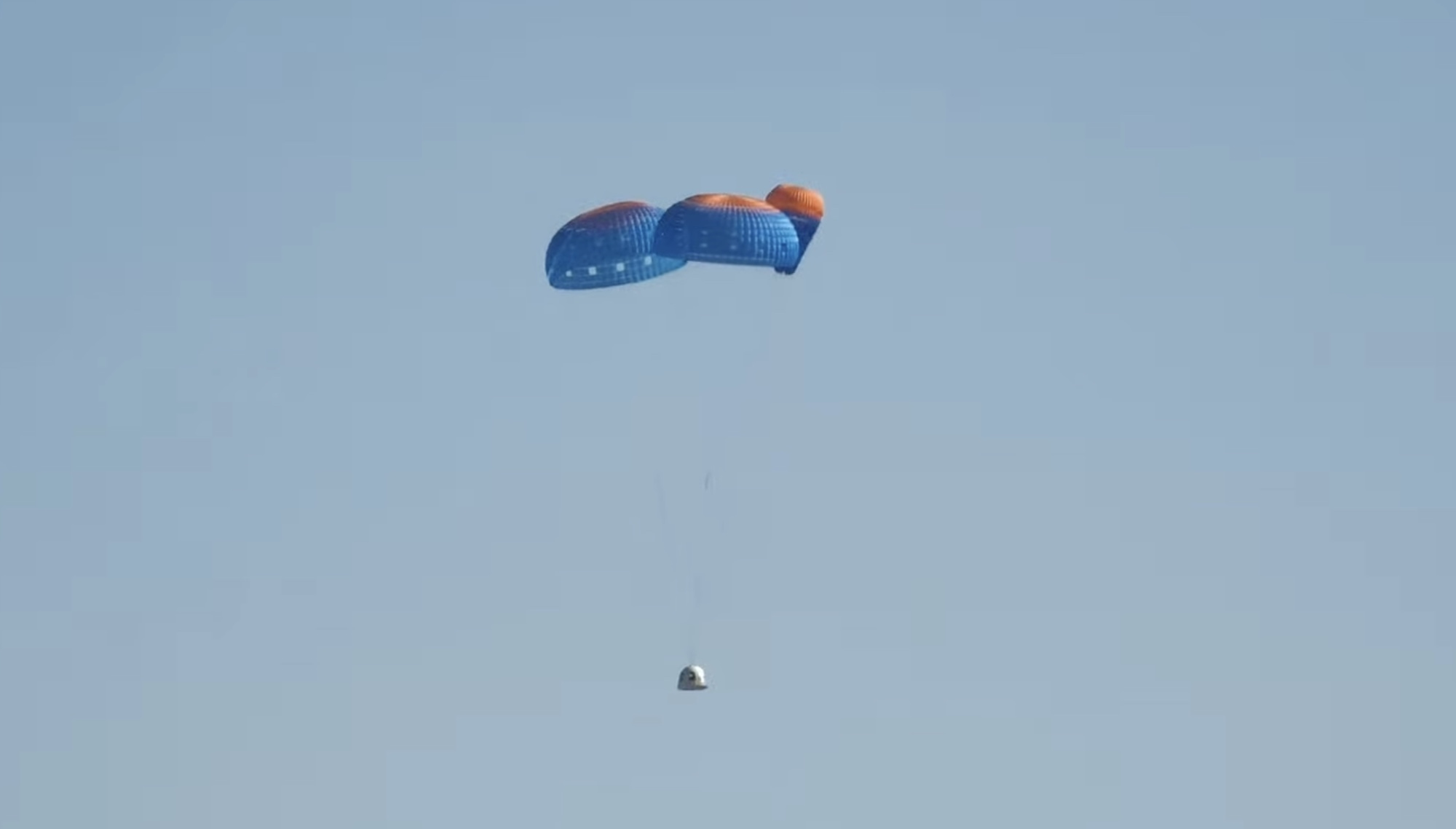During the evening of May 15th and into the early morning of May 16th, 2022, much of the world was treated to a total lunar eclipse. Lunar eclipses, not to be confused with solar eclipses, occur when the Earth lines up between the Moon and the Sun, causing Earth’s shadow to run across the face of the Moon and, in the case of a total lunar eclipse, completely block direct sunlight to the Moon. This means the only light that can reach the Moon is sunlight refracted by Earth’s atmosphere. Rayleigh Scattering, the same effect that causes red sunsets and sunrises, is what makes this light reddish
Lunar eclipses are much longer than solar eclipses because the Earth’s shadow on the Moon is significantly larger than the Moon’s shadow on Earth. Solar eclipses will last for only a few minutes at any given location and are only viewable from a relatively small part of the planet, whereas lunar eclipses can last for up to 2 hours and can be viewed from anywhere on the night side of the planet. Lunar eclipses can only occur during a full moon when the Moon lines up with one of two locations in its orbit known as “lunar nodes”, points where the Earth and Moon will line up. These points exist because relative to the Earth’s orbit plane, the Moon’s orbit is slightly tilted. They occur roughly twice per year, during “eclipse seasons” which are about 6 months apart. For roughly 2-year periods, eclipses will occur in zodiac constellations that are opposite each other. Then the eclipses will begin to overlap into neighboring opposing constellations and repeat this process, making their way through the zodiac. Lunar eclipses will always occur within two weeks of a solar eclipse.
Telescope: Celestron 9.25 SCT
Mount: Orion Atlas II
Camera: Canon EOS Ra
Integration: Single photos, 1/10th second, and 1-second exposures respectively
Filter: Orion SkyGlow light pollution reduction
Software: PixInsight
Acquisition: ZWO ASIAir Plus
Date Acquired: 5/15/22







